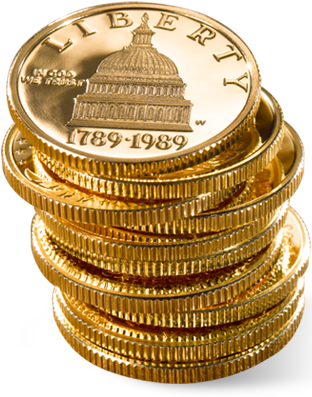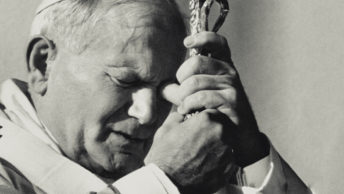
From the advertisements on TV, it would appear that investing in gold is the greatest thing since sliced bread. But be careful. There is a gold market centered primarily in London, New York, and Zurich. The over the counter trades are direct and unstructured transactions between principals, mining companies, central banks, and industrial consumers. The standard size of the over the counter trades can range from 5,000 to 10,000 ounces. What is actually happening is the gold market is actually trading in gold futures. Investors in these exchanges speculate on the movement of the price of gold. The principal indicator is the spot price, the quote for gold to be delivered and paid for on the settlement date two days in the future. Add to this the gold derivatives and options market and trading directly in the gold market is indeed complex.
Many investors want to buy and hold gold for an investment. But there are many prices for gold. Advertisements promoting gold dominate the airwaves, touting gold as the ultimate investment, the place to be in these times of financial and economic uncertainty. Most of the firms sponsoring the ads promote gold coins at grossly inflated prices. One company openly acknowledges making up their gold bullion coins thirty percent but sometimes having markups of seventy percent. How can this be when the normal markup on gold bullion coins is two percent to seven percent, depending upon the coins and the quantities? First, the ads are based on fear. The telemarketers reinforce that fear by talking about alarming topics that dominate the news, such as the declining dollar, the growing national debt and massive deficit spending. By focusing on the frightful topics, the telemarketers get callers to react emotionally instead of logically. Instead of buying gold as an investment, callers are moved toward buying protection against Armageddon.
The most frequently used technique to promote high priced coins is to raise the issue of confiscation. The myth that specific types of gold coins are “not confiscateable” stems from the Executive Order that President Roosevelt issued in 1933 calling in gold. President Ford repealed that Executive Order on December 31, 1974. The concept of “non-confiscateable” gold is counterfeit. The idea lives on only because dealers continue to push it for their own benefit. Investors who do not have the facts are unable to know otherwise.
Gold comes in many varieties. There are European gold coins, American Eagles, Canadian Maple Leafs, Krugerrands, etc. Investors wanting to buy gold should go with the popular bullion coins: Krugerrands or American Eagles. These coins move dollar for dollar with the world price of gold and are easy to buy, sell, and trade. No expert has to look at them. One should also be aware that there is a “spread” or difference between buying and selling prices. The gold bullion business is a very competitive one, and the profit margin, or spread, is a very small one compared to almost any other inventory business. The price of gold is constantly re-adjusted, in terms of how many U.S. dollars it takes to buy an ounce of gold. The price is determined by the whole world’s faith in the dollar, and gold is the constant element that the dollar is measured against. Every day, gold is traded for dollars.
Gold has been used throughout history as money and has been a relative standard for currency equivalents specific to economic regions or countries. The price of gold is driven by supply and demand as well as speculation. Many investors believe that in the long run gold does not hold its value compared to stocks and bonds. A dollar invested in bonds in 1801 would be worth nearly a thousand dollars by 1998. A dollar invested in stocks that same year would be worth more than half a million dollars. All of this in real terms, taking inflation into account. A dollar invested in gold in 1801 would by 1998 be worth just 78 cents!








